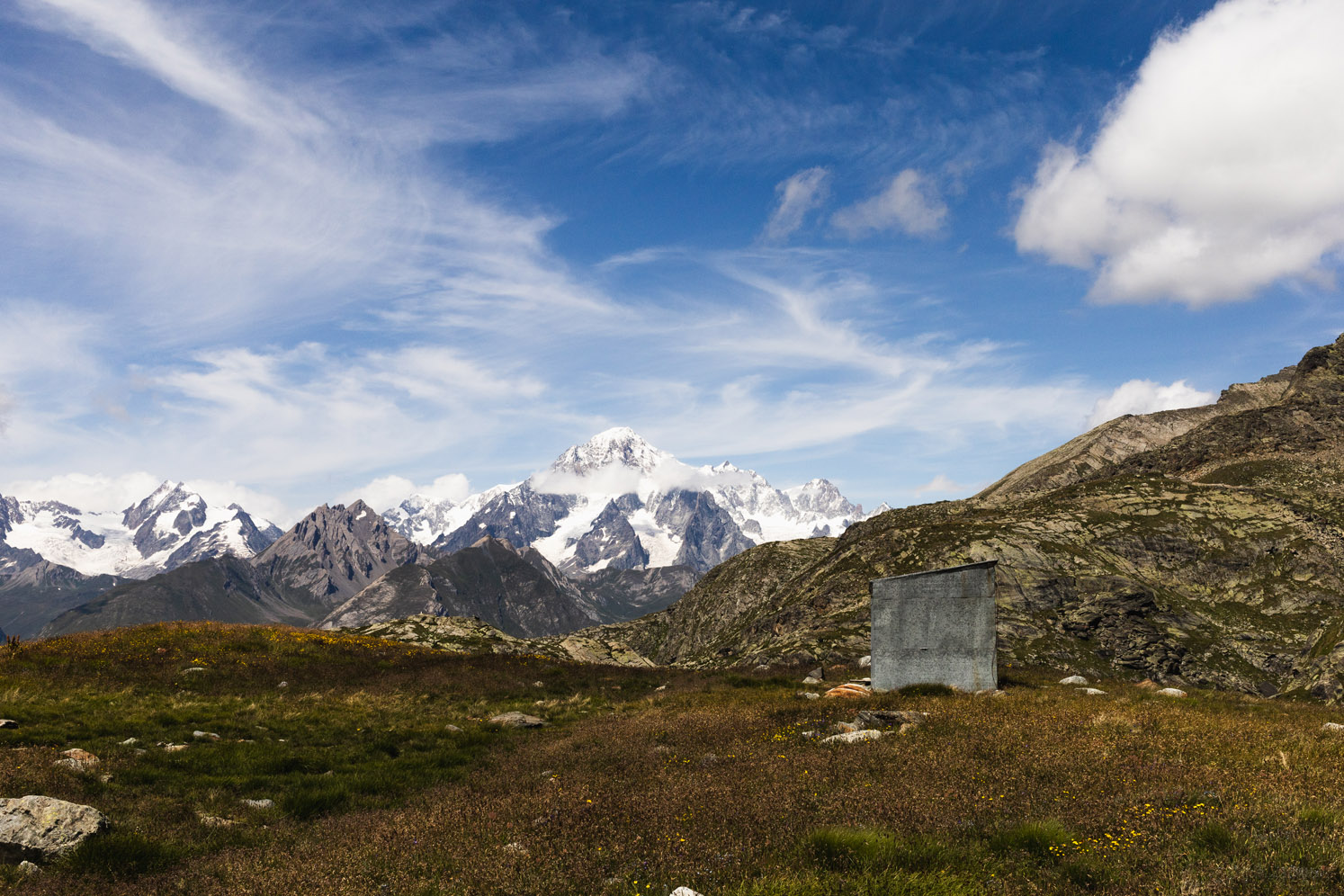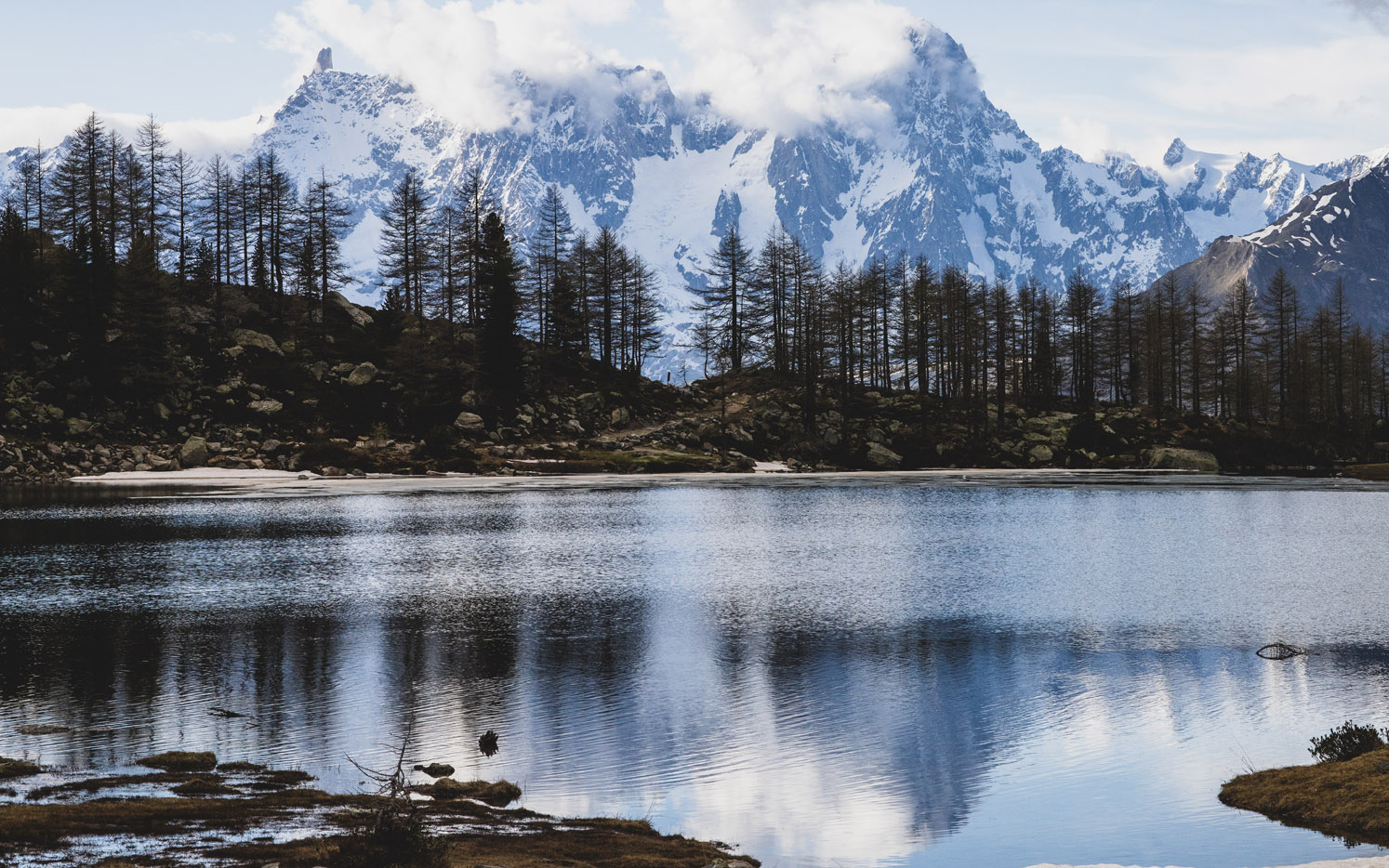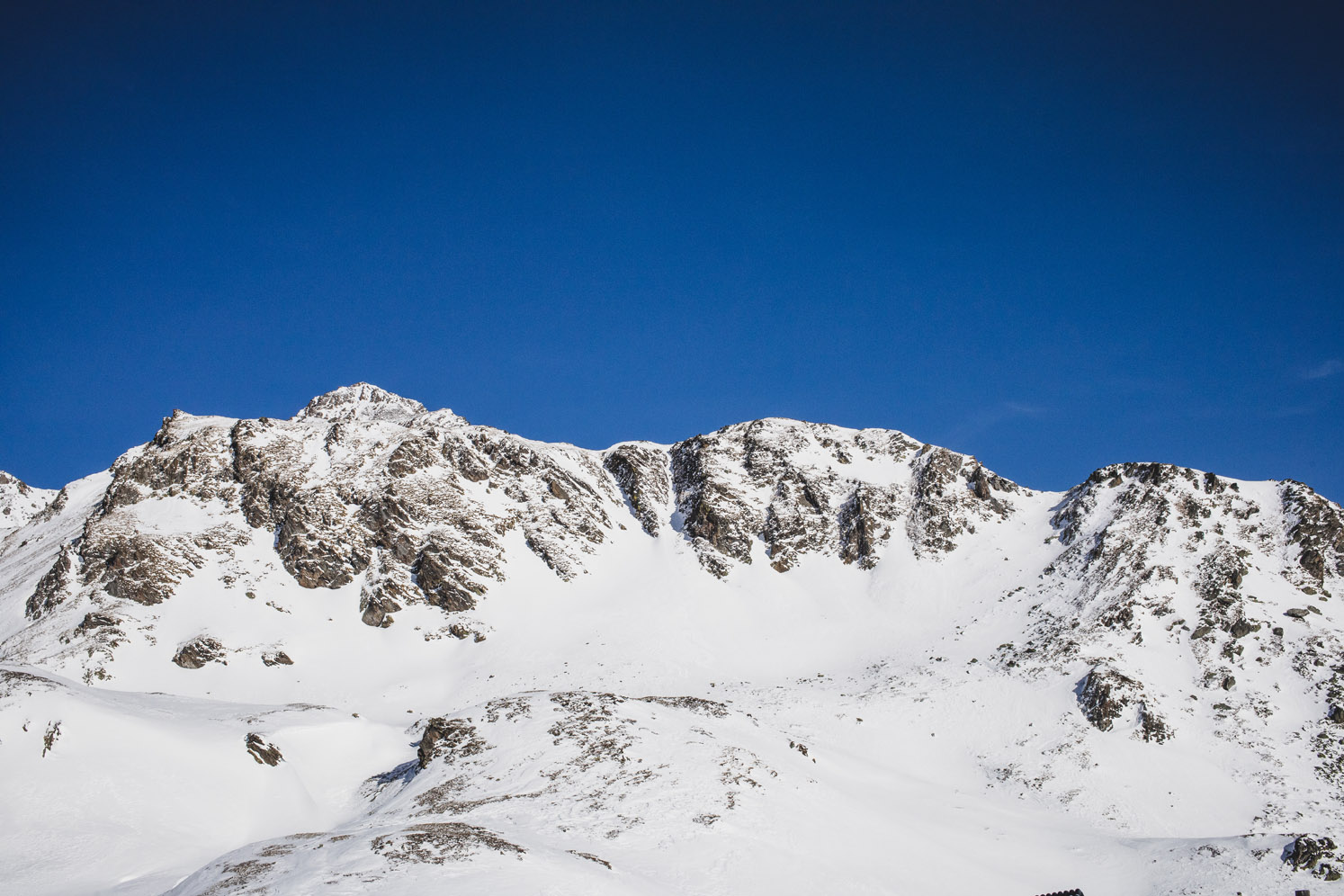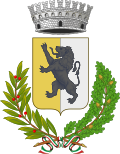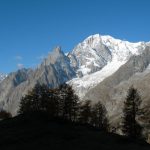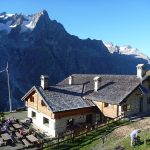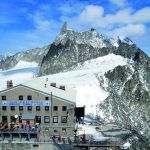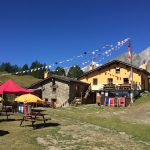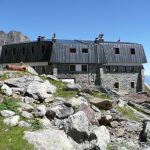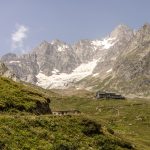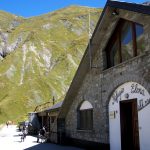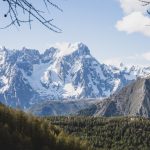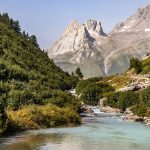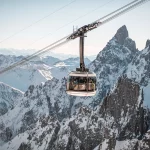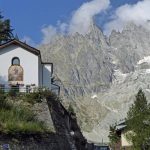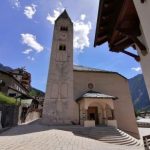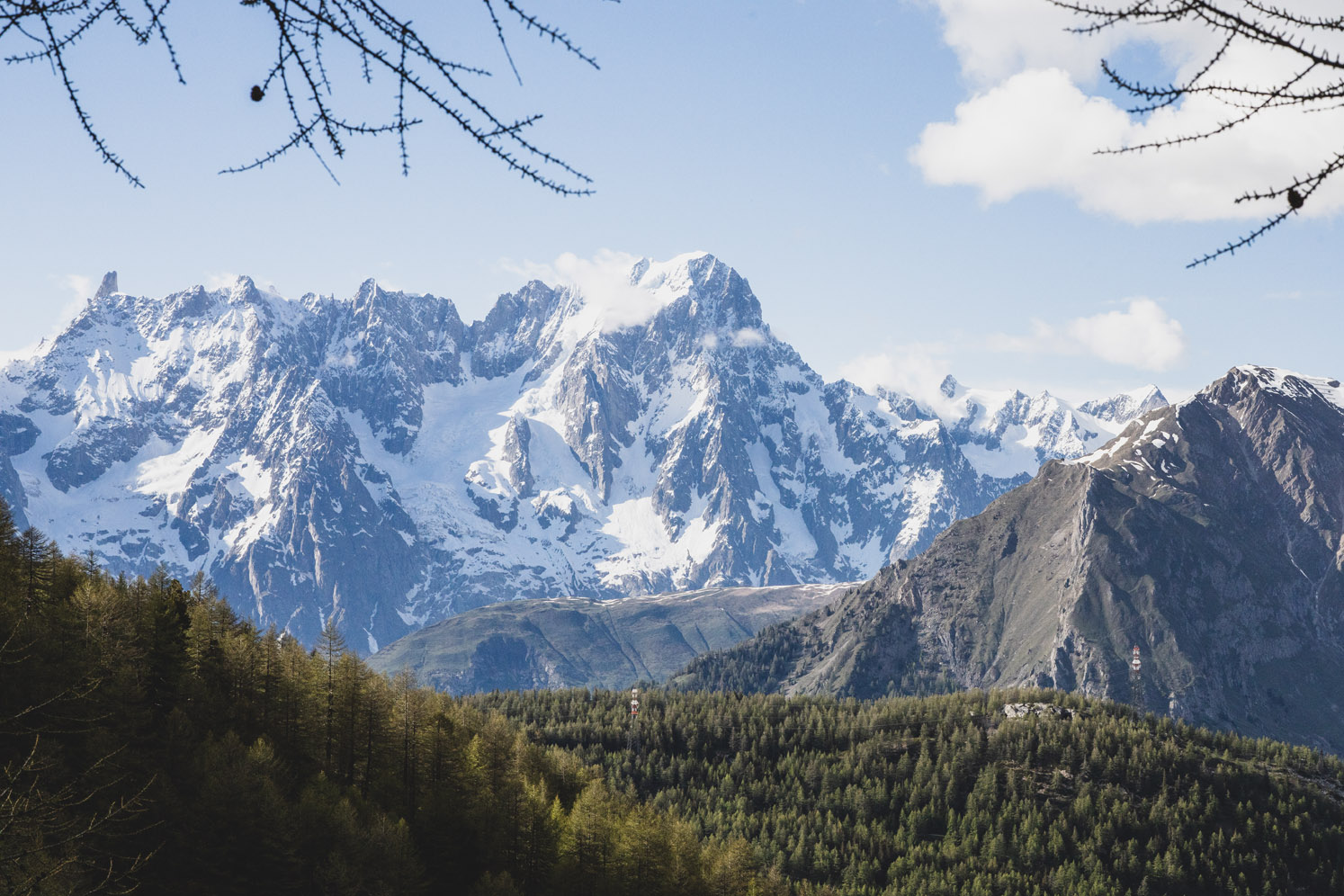
Courmayeur Mont Blanc
The Sovereign of the Alps
Also known as the “King of the Alps,” Mont Blanc, French for Mont Blanc, is considered the highest mountain in Italy and France, at 4,807 meters (13,780 feet) above sea level.
The “Italian” Mont Blanc In the Aosta Valley, only the southern slope of the Mont Blanc massif is visible, appearing to the eye on the first stretch of road after the hamlet of Runaz, shortly after Avise.
From there on, as far as Courmayeur, driving along the regional state road that bisects the Valley, it is possible to admire the King of the Alps standing unchallenged at the bottom of Valdigne, the upper Aosta Valley.
The Italian side is represented by a steep and grandiose granite wall overhanging the Val Ferret and Val Veny valleys that stretch out at its feet.Mont Blanc is a year-round snow-covered mountain and is also home to more glaciers than any other mountain in the Alps.
In all, the Mont Blanc massif has 65 glaciers, varying in size but altogether occupying 165 km².
On the other hand, as for the southern slope that takes root in the Aosta Valley, we have notably: the Brenva Glacier: the Miage Glacier; the Freney Glacier; the Pré de Bar Glacier; the Triolet Glacier; and the Mont Blanc Glacier The Mont Blanc Tunnel The Mont Blanc Tunnel is a two-way highway tunnel that penetrates the massif of the Alps from side to side.
This 11.6-kilometer-long tunnel connects Chamonix, in Haute-Savoie, France, and Courmayeur, in the Upper Aosta Valley, Italy.

Parish Church of St. Pantaleon
Chiesa parrocchiale di S. Pantaleone, Via Roma, Courmayeur, AO, Italia

